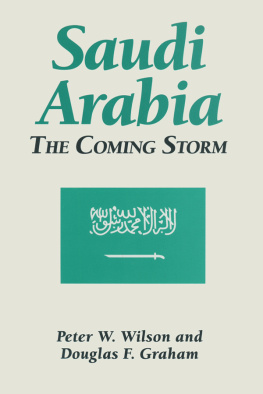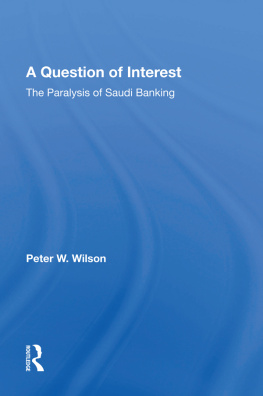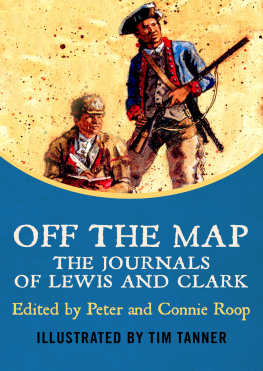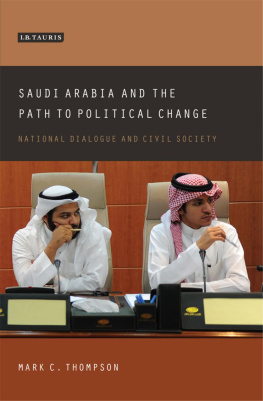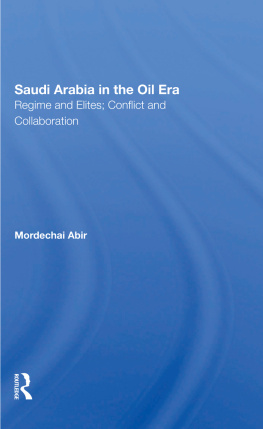First published 1994 by M.E.Sharpe
Published 2015 by Routledge
2 Park Square, Milton Park, Abingdon, Oxon OX14 4RN
711 Third Avenue, New York, NY 10017, USA
Routledge is an imprint of the Taylor & Francis Group, an informa business
Copyright 1994 Taylor & Francis. All rights reserved.
No part of this book may be reprinted or reproduced or utilised in any form or by any electronic, mechanical, or other means, now known or hereafter invented, including photocopying and recording, or in any information storage or retrieval system, without permission in writing from the publishers.
Notices
No responsibility is assumed by the publisher for any injury and/or damage to persons or property as a matter of products liability, negligence or otherwise, or from any use of operation of any methods, products, instructions or ideas contained in the material herein.
Practitioners and researchers must always rely on their own experience and knowledge in evaluating and using any information, methods, compounds, or experiments described herein. In using such information or methods they should be mindful of their own safety and the safety of others, including parties for whom they have a professional responsibility.
Product or corporate names may be trademarks or registered trademarks, and are used only for identification and explanation without intent to infringe.
Library of Congress Cataloguing-in-Publication Data
Wilson, Peter W.
Saudi Arabia: the coining storm / Peter W. Wilson, Douglas F. Graham.
p. cm.
Includes bibliographical references and index.
ISBN 1-56324-394-6 (c)ISBN 1-56324-395-4 (p)
1. Saudi Arabia. I. Graham, Douglas, 1955 . II. Title.
DS244.63.W55 1994
953.8dc20
9416412
CIP
ISBN 13: 9781563243950 (pbk)
ISBN 13: 9781563243943 (hbk)
When Iraqi armored units rumbled across Kuwaits borders at 2:00 A.M. on August 2, 1990, Saudi Arabias leaders were so paralyzed by the invasion that they refused to inform their people about Saddam Husseins actions for twenty-four hours. In the smoking wreckage of their neighbor, the Saudi elite saw the destruction of their own cautious strategies. Multibillion-dollar arms purchases, the carefully crafted Gulf Cooperation Council (GCC), and the constant promotion of pan-Islamic causes did not spare the Saudis the indignity of having to call on the United States to save them from a brother Arab country.
The Iraqi invasion of Kuwait did more than just alter the geopolitical landscape. Saddam Husseins actions also signaled the end of the Saudi old order. The arrival of hundreds of thousands of Allied troops, hundreds of journalists, and an unfettered flow of information spurred an unprecedented introspection in Saudi society, with particular emphasis on the countrys policies and its leadership. Today, Saudi Arabia is at the crossroads of its development as a nation-state.
Perils abound. The war with Iraq and the decision to leave Saddam Hussein in power has left the Kingdom in a dangerous position. Saudi foreign considerations now revolve around the powerful and intractable foe on its northern borders which the technically advanced but small and divided Saudi armed forces cannot hope to contain by themselves. But Iraq is not the only danger. To the east lies an equally hostile Iran, which has made new claims in the Gulf. A unified and populous Yemen poses a threat to the Kingdoms southern flank while Jordan and Iranian ally Sudan provoke additional worries. For the first time in its history, Saudi Arabia is surrounded by foes. To ensure its survival, the House of Saud has entered into an uncomfortable de facto alliance with the United States, an eager suitor who has unsuccessfully courted the standoffish Saudis for years.
The Gulf conflict and its aftermath have also had economic and financial repercussions. The Saudi economy is again growing, finally rebounding from a deep recession that saw GDP decrease by more than 50 percent during 19811987. Increased government expenditures, especially in defense, and the crucial oil and petrochemical industries have fueled expansion. Construction cranes again tower over many of the countrys cities and industrial complexes.
However, the boom is largely illusory and belies the inherent weaknesses in the Kingdoms economy, especially the governments growing indebtedness. Although Saudi Arabia released its first balanced budget in nine years in 1994, adherence to it may prove difficult given fluctuating oil revenues coupled with increased military purchases and the domestic subsidies needed to keep a restive population content. Instead, the Kingdoms ruling dynasty, the al-Saud, are expected to keep to their old spending ways while waiting for a recovery in oil prices.
Such a course may prove dangerous. From 1983 to 1993, the al-Saud recorded eleven consecutive years of deficit budgetary spending, nearly exhausting the countrys U.S. $115 billion in liquid foreign reserves in the process.1 To cover the shortfall, the al-Saud reversed a twenty-five-year policy in 1988 that prohibited borrowing. The Kingdoms debt load has subsequently soared from nearly zero to more than $70 billion, or more than one-half the countrys annual GDP.
The Gulf War further worsened the countrys financial situation with war-related expenditures estimated at more than U.S. $55 billion. When Iraqi crude returns to the world market in 1994 or 1995 as expected, the results for the Kingdoms economyalready shaken by falling oil prices in 1993could be disastrous. Saudi oil revenues could again plummet, throwing the economy into recession. And unlike the previous drop in 1981, when the Kingdom had financial reserves to soften the impact, the option of cushioning a current financial blow no longer exists.
The House of Saud faces one additional challenge: how to maintain its grip on power in the face of the greatest concerted domestic unrest and opposition in more than sixty years. The Gulf conflict unleashed new social forces whose aim is to change the existing political order. The struggle between those who would make the Saudi state more democratic and secular, and those who want to continue and strengthen the Saudi theocracy has rent the Kingdoms fragile social fabric and placed the government in an increasingly difficult position. Within weeks of the arrival of Allied troops, Saudi women staged an impromptu drive-through in Riyadh, protesting the ban on their driving. Their cause was subsequently taken up by the countrys small progressive clique who called for greater freedoms. Not surprisingly, liberals have pressured the al-Saud for greater power sharing, more freedoms, and the free admittance of women in what is now a strictly segregated workplace. They have also pushed for curbing the power of the religious community.




